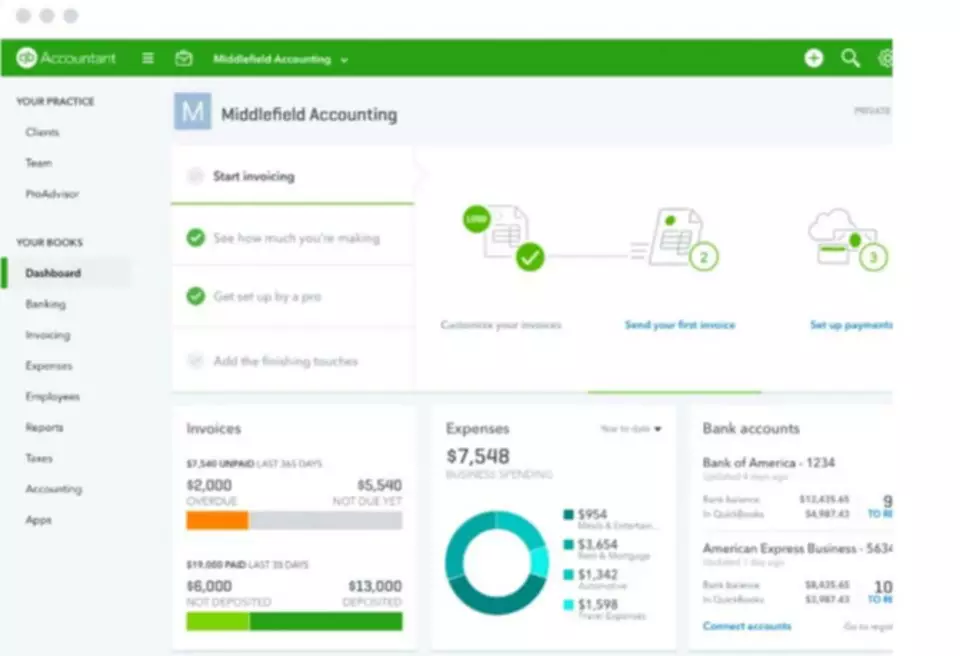Content

The ratio of the market price per share of common stock on a specific date to the annual earnings per share is referred to as the price-earnings in a common-sized income statement, each item is expressed as a percentage of net income. ratio. A decrease in the ratio of liabilities stockholders’ equity indicates an improvement in the margin of safety for creditors.
- For example, regardless of a company’s size, the advertising expense should be about 15 percent of sales for a given industry.
- It is a clear signal to management that it needs to get a handle on the increasing COGS, as well as the increased sales costs and administrative expenses.
- If your company’s current return on assets is lower than it was a year ago, you should look at what has changed in the way your company is using its resources.
- Cynthia Gaffney has spent over 20 years in finance with experience in valuation, corporate financial planning, mergers & acquisitions consulting and small business ownership.
- This means that the ratios are a representation of an enormous amount of past transactions .
- As you can see from Figure 13.6 “Common-Size Balance Sheet Analysis for “, the composition of assets, liabilities, and shareholders’ equity accounts changed from 2009 to 2010.
- The company should look for ways to cut costs and increase sales in order to boost profitability.
The ratio of fixed assets to long-term liabilities can indicate the ability of the business to borrow additional funds on a long-term basis. Notes to the financial statements are generally not useful. The comparison of the financial data of a single company for two or more years is called horizontal analysis. A basic vertical analysis needs an individual statement for a reporting period but comparative statements may be prepared to enhance the https://simple-accounting.org/ usefulness of analysis. As a management tool, objective profitability measures such as the ones shown here are invaluable tools for financial management. The Doobie Company must generate sales of $245,714 to produce a net income before taxes of $50,000. Now that we understand how to calculate the break-even point, we can make one small adjustment to the break-even analysis formula so we can do some “what if” planning about profitability.
What is a common-size financial statement?
Since we use net sales as the base on the income statement, it tells us how every dollar of net sales is spent by the company. For Synotech, Inc., approximately 51 cents of every sales dollar is used by cost of goods sold and 49 cents of every sales dollar is left in gross profit to cover remaining expenses. Of the 49 cents remaining, almost 35 cents is used by operating expenses , 1 cent by other and 2 cents in interest.

It makes analysis much easier such that the analyst can see what is actually driving the profit of a company and then compare that performance to its peers. It allows an analyst to look at how the performance has changed over the period. From an investor’s perspective, a common size income statement helps spot patterns in the company’s performance that a basic income statement may not uncover. The following example of company XYZ’s income statement and revenue and expense calculations helps you understand how common size income statement analysis works. Shows how much gross profit business earns on every $1.00 of sales. A common size income statement is an income statement whereby each line item is expressed as a percentage of revenue or sales.
B. net sales
NerdWallet strives to keep its information accurate and up to date. This information may be different than what you see when you visit a financial institution, service provider or specific product’s site. All financial products, shopping products and services are presented without warranty. When evaluating offers, please review the financial institution’s Terms and Conditions. If you find discrepancies with your credit score or information from your credit report, please contact TransUnion® directly.
How is a common-size income statement prepared?
In general, you can prepare a common-size income statement by going line-by-line and dividing each expense as a percentage of sales.
When the financial statements are presented as percentages, they are referred to as common-size financial statements. They are “common size” since the reported percentages can be compared to the percentages for other companies even when the companies’ amounts are vastly different in size.
B. net income.
The balance sheet common size analysis mostly uses the total assets value as the base value. On the balance sheet, the total assets value equals the value of total liabilities and shareholders’ equity. A financial manager or investor uses the common size analysis to see how a firm’s capital structure compares to rivals. They can make important observations by analyzing specific line items in relation to the total assets. What does this common-size percentage tell you about the company?
How is each amount calculated in a common size income statement?
How is each amount calculated in a common-size income statement? Each amount is expressed as a percentage of sales for the year.

